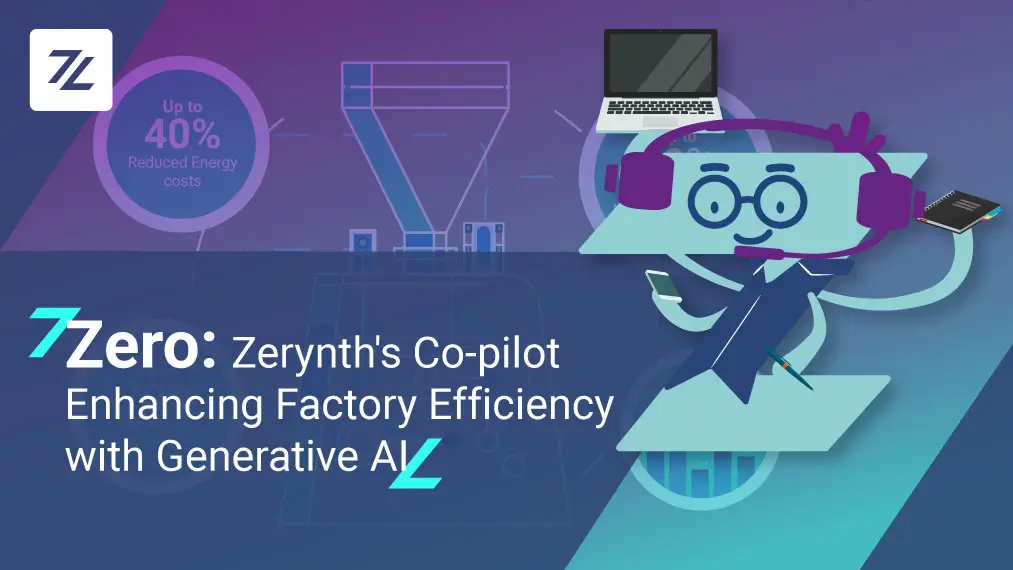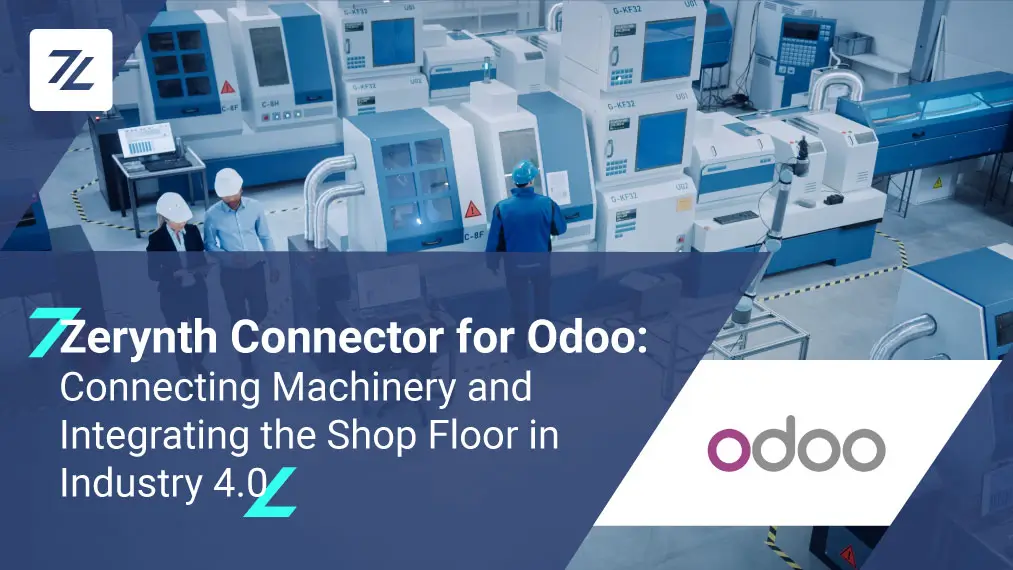Most companies today know that they should implement and actively use IoT in their business. And for those who have not yet started to implement IoT, or are not at the percentage they would like to be, there seem to be more impediments to adopting IoT than immediate benefits.
We hear this kind of story from our clients every day. We’re here to talk about the most common barriers to IoT adoption, and how to overcome them quickly.
The reasons for these barriers that are turning up in IoT implementation are many. Sometimes there is a lack of technical expertise in the company, or lack of information on available options. Sometimes, companies simply don’t know where in their process IoT should be implemented to get the best return on their investment.
IoT technology adoption process
First, it is worth mentioning that it’s not just a problem of adopting IoT technology, but of adopting any kind of new technology. For example, with legacy systems in place which work well enough and people are accustomed to, often there is no initiative to implement a more advanced technology. And, while the company doesn’t suffer any immediate downside, as the market evolves and advances, they can quickly fall behind.
So, let’s take a look at one of the more common IoT adoption processes.

The most time consuming part (if the company has not hired IoT experts) is information collection and knowledge building. Companies need to see where they stand in the technological landscape, and what kind of technology would benefit them, and be able to discriminate between what would just be a shiny new toy or vital for the company’s existence.
If the company decides upon a favorable opinion for an IoT technology, we come to the second phase – deliberation. This is the point where the decision makers of the company need to take time and weigh the pros and cons, see their possible return on investment, costs, etc.
An important aspect, that often gets overlooked, is the compatibility of the new technology with what is currently used. If you would like to learn more about this topic, take a look at Zerynth’s white paper on retrofitting legacy machines.
The third phase is the decision making process, followed by the implementation. Of course, implementation can be either successful or not. The duration of the implementation process depends on whether the company wants to use a turn-key solution, or whether it needs to go through a prototyping phase before the actual implementation.
Security concerns
During the process of gathering, storing and analyzing data, the highest risk a company faces is a breach of security. For many businesses this is their “make or break point” for IoT implementation.
Sending data to the internet, especially in industrial environments, can be dangerous. The manufacturing industry is at a higher risk than any other sector regarding data integrity. Due to the ever growing merging of information technology in manufacturing facilities with their operational information, these networks are more vulnerable to attack than others.
The truth is, no one is immune to cyberattacks. For example, in January this year, Microsoft Exchange was targeted. The attackers were able to access the emails of over 30,000 organizations.
The second thing one needs to think about is how much these security attacks cost the company, and damage its reputation.

This is why security is a core element of the Zerynth IoT Platform. When our team implements IoT solutions, they handle security at the earliest phase of the project. To learn more about this, take a look at our wihte paper “The Veil of IoT Security”.
High costs of ownership
When it comes to implementation costs, we have to look at:
- Hardware costs
- Software costs
- Implementation costs
The first mistake that large companies tend to make here (especially technologically oriented companies) is approaching this phase by developing and producing their own IoT hardware. They feel that if they have the production capabilities that it’s better to produce their material in-house.
But taking this approach increases the cost in many ways.
What they should be thinking about is how fast they can offer the benefits of IoT technology to their customers. And, by hiring IoT experts to do the job means that everything will be done in record time. With the Zerynth platform, you can go from prototyping to having mass production in less than 6 months.
When we look at software, we need to make the distinction between: firmware, middleware, the cloud, and the application.
Finally, there are service implementation costs to consider. IoT projects and solutions are not like other products. You can’t transition to IoT-enabled systems and solutions in your company with a “pay once and you’re done” approach. IoT solutions require monitoring, future adaptation and training in order for them to achieve an optimum configuration.
You also need to consider that the IoT technology needs to be integrated with both modern and legacy industrial machinery as well as with IT systems existing in the company (such as MES, BI tools, ERP). This kind of integration enables easier industrial process analysis and extraction of important data. The Zerynth Platform offers a simple and effective way to enable industrial process monitoring and optimization for your company. The platform interfaces with Industrial machines easily in a non-invasive way, while our hardware communicates with the Zerynth Cloud using Wifi/Ethernet streaming real time data and insights to the user. This way your company can receive real-time insights and powerful reports to monitor industrial processes using the integrated Zerynth Dashboard and Alert Engine.
As you realize that IoT is an evolving technology, there is always a need to further educate your team. To give you a good rule-of-thumb tip, start calculating those post-implementation service fees into your project budget right from the start. This is the right approach in order to calculate Total Cost of Ownership (TCO) of the technology rather than just the purchase cost.
Using one platform and one team for all of these moving parts is the most cost-effective way to handle your IoT implementation.
Data management and maintenance
After the entire solution is implemented, and up-and-running, it’s the data management and maintenance costs that can give the company management difficulties.
Proper data management helps you understand what the upsides and downsides of your product are, what your customers like the most, and what you can improve. In industrial production facilities, good data management can help detect errors, predict malfunctions, and improve the quality of your production processes on the one hand.
On the other hand, poor data management and poor analyses of it means that you have wasted the implementation of your IoT system. In the land, where information is king, you can not ignore proper data management.

This is why Zerynth Dashboard and Storage keeps track of all your KPIs from a single dashboard. With it you can easily share important data with your team, make customized dashboards and collaborate effectively.
Connectivity issues
Limited bandwidth is often a problem that starts popping up after the implementation of an IoT solution is finished. For example, if your connectivity depends on cellular networks and you have a lot of devices connected to your network, and you continue to add new ones, this can get pretty expensive.
To handle connectivity, you need a high-capacity network solution that is capable of handling all the hourly and daily transmissions, without compromising the network deliverability.
Conclusions
Even if organizations should face many challenges, the opportunities offered by IoT technologies are becoming clear. Companies can immediately benefit from more accurate data and insights improving the efficiency of industrial processes, reducing operational costs and allowing data-driven decisions.




